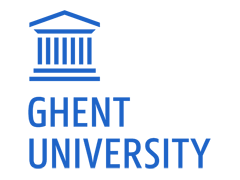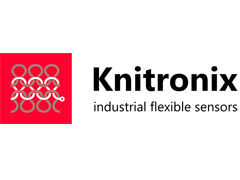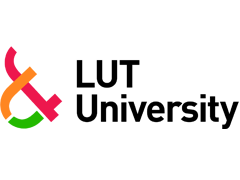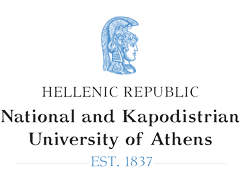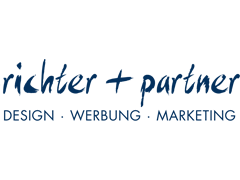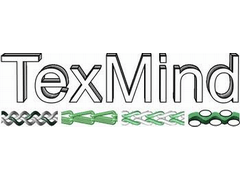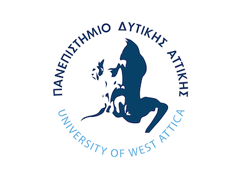AIM OF THE PROJECT
The aim of the Erasmus+ ‘T-CREPE’ project (November 2019 - November 2022) is to develop an innovative web-based, open-source platform to support co-creation-based learning and coaching in remote teaching environments with a focus on entrepreneurship (in textile design engineering). The platform is based on the constructionist learning theory and the principle of game-based learning.
The project strives to address two problems that limit the impact of design projects at the university:
a) the huge effort needed for adequate coaching between teachers and students, and
b) the commercial under-exploitation of students’ ideas for innovative products and/or services.
By utilising the Design Thinking methodology, student teams together with stakeholders co-develop solutions for real life problems from within society and/or industry through play. The project sets out to make coaching and learning for university students and educators more effective, playful and time-efficient.
THE ONLINE LEARNING PLATFORM

PLANET METAPHOR
The platform uses the metaphor of an imaginary planet to represent the journey students take to understand, experiment, define, develop and deliver solutions for a design project.
Student teams are invited to engage in a co-creative process through the semantics of Continents (phases), Countries (concepts), and Cities (tools) on an e-learning environment.
READ MORE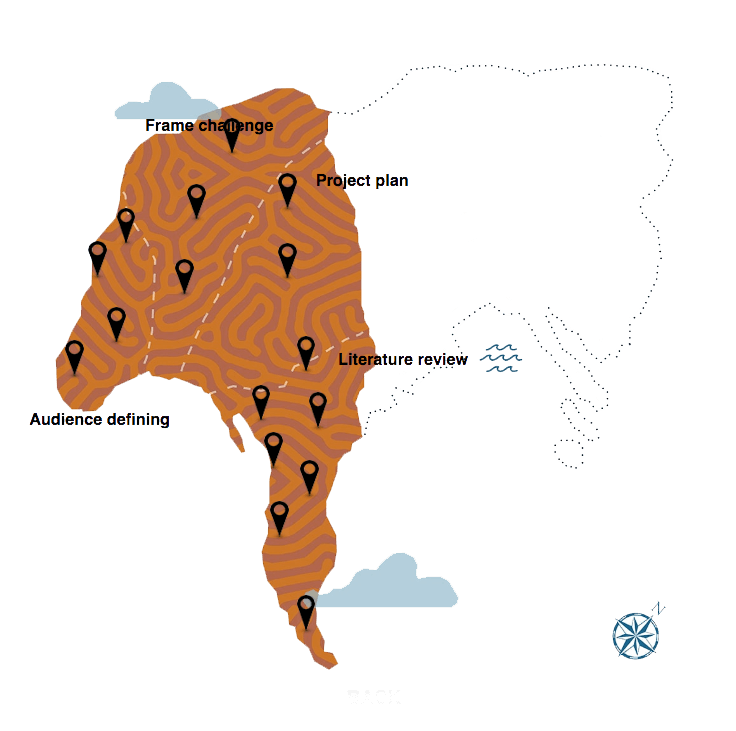
THE WORK PACKAGES
WP1 Preparation of the work (UGent, EURAMATERIALS)
The development of the T-CREPE tool must be carefully prepared in order to be able to meet all aims and objectives.
WP1 aims at mapping the possibilities in detail and make proper choices in order to achieve high quality and reliability with the available resources.
Aspects to be covered relate to:
- the structure of the co-creation planet,
- organisation of a set of feasible, balanced and targeted co-creation cases,
- details of stakeholders,
- creating a common language,
- training,
- inventorising available materials for implementation in the tool.
WP2 Developing the T-CREPE tool contents (LUT, Texmind)
Co-creation processes in this project are considered to have 4 phases. Every phase leads to insights in different aspects of the co-creation process and allows to decide on how to proceed in a subsequent step. This process of making choices can in the co-creation planet proceed in different ways.
- Discover: the contents in this continent/phase must allow students to get to know the problem in its context, for example, empathising/listening to the end user, and ultimately, understanding his/her situation.
- Define: contents here address a typical decision problem: what are the options and how to choose? the materials on the platform are such that they lead to a plan with a possible solution.
- Develop: this phase includes mainly the task of prototyping and making tangible low/medium/high fidelity models of the selected ideas. The conents in this part are tools that allow students to look for specifications to be met and to test whether the prototype meets different criteria (e.g., technical, user, sustainability, economic).
- Deliver: the content in this phase is to ensure that useful results are being elaborated and successfully disseminated after the co-creation case has ended.
For each phase and sub-phase in the global process, contents has to be created in order to make decisions. This content takes the form of Choico games, existing games or tools, other educational materials, such as video’s, tutorials, references.
Some aspects of co-creation will be addressed across different co-creation steps and in several disciplines: we call these horizontal aspects. They will appear multiple times in the structure. Examples of such aspects:
- Communication, business, sustainability (see WP2.4), team work, decision making, responsibility, …
- Transferability: how to communicate results to other students or potential users; valorisation: entrepreneurial behaviour and psychological ownership (see WP2.2)
- Educational aspects (all WP2): feedback etc.
Each of the subtasks of WP2 addresses specific parts of the co-creation steps and its horizontal aspects as described above. Allocation of responsibilities depends on the expertise of the Higher Education Institutions (HEI):
- UGent Design.Nexus: Design.nexus is a research group dedicated to creating bridges between education, sustainability and industry in the field of technology-driven design and processes of innovative product-service and consumption-production systems.
- LUT: business related aspects, including psychological ownership
- UGent-CTSE, UNIWA, Texmind and Plug&Wear: textile engineering, textile design and smart textile prototyping and technical evaluation
- NKUA: sustainability of processes and products, based on UN sustainability goals, education.
The educational materials and tools identified as suitable in WP1 will be implemented in the T-CREPE support tool: for example by creating a Choico game or by creating a direct link from one of the places of the planet. In order to fill the gaps (see task 3.1) the consortium will create and implement new games.
In addition, after experiencing how to create games, other lecturers, PhD students and eventually students will be invited by the consortium members to create more games.
The output is the creation and implementation of contents for the co-creation planet, whereby the gaps identified in task 1.3 have been filled.
All developed materials and games will then be used and evaluated in WP4.
Training is an essential part of this WP. All lecturers, PhD students/researchers and students will receive a proper training for creating and using Choico games.
WP3 Developing the T-CREPE tools (NKUA, Texmind)
This WP focuses on the development of the online co-creation support tool. It consists of two parts, namely the Choico tool and the database.
The tool has to be designed, taking into account the specific needs for co-creation. The tool will be designed in 2 phases, namely a first version in the first year and a major revision after evaluation.
In addition, adequate training has to be realised for internal and external users. This is achieved through a cycle of two iterations of a training given to all interested partners during year 1 (through mobility) and the end of Year 2 (training workshop) respectively. At the end of Year 1 the training will be given face-to-face and the support in the following years will be given online. The results will be evaluated and used to prepare an online version of the workshop including video-courses and examples from the outputs of Year 1.
Cycle 2 will thus provide the course, the results of which will be used in the Year 3 cases in the project.
The database will support the platform by storing all relevant information (people, materials, links, etc). Moreover, the database is meant to store knowledge of results from previous cases as well as information on names of (potential) participants from different stakeholders. It has to facilitate building of partnerships in the broadest sense.
WP4 Implementation in co-creation cases (UGent, EURAMATERIALS)
All tools, methods and materials developed in WP2 and 3 have to be evaluated during real co-creation cases according to the plan developed in WP1.
During the first year, the cases will be prepared in detail: a balanced plan, the Choico structure and tool, games, educational materials.
The cases will then start in the second year. The cases will be organised at local level, at bilateral level between 2 partners and joint between the 3 regions.
Cases are organised per semester or may take a full year. Mobility of staff and students is to facilitate the joint activities of the cases.
A case typically consists of collecting and selecting the cases, forming the groups, learning activities, reporting, team activities, evaluation and final presentations.
WP4 is to deliver feedback and material for WP5 (best practices), WP6 (dissemination) and WP7 (quality assessment).
WP5 Definition of best practices (NKUA, R+P)
The aim of WP5 is to assess the co-creation methodologies developed in WP2 and 3, based on the results of implementation in WP4. The purpose is to be able to find out what goes right and what has to be improved, and to check whether objectives are met.
Based on an analysis of the feedback, best practices and conditions for success and failure can be defined.
WP5 is to provide input for:
- WP6: success stories, facts and figures for dissemination and roadmap
- WP7: figures for Quality Assurance (QA).
WP6 Dissemination + exploitation of the results (LUT, R+P)
This WP has to prepare output, in the proper style and format for each target group in order to reach the targeted effect in all phases of the project. It starts with a dissemination plan and its execution.
Lessons learned from psychological ownership and business aspects will be applied for exploitation of project results, especially for the project's afterlife.
WP7 Quality Assurance (UNIWA, EURAMATERIALS)
Quality Assurance addresses the functioning of the project as well as the quality of the project activities from the stakeholder point of view. The aim of this WP is to check whether targets have been met. Targets are described in the project handbook (WP8).
The functioning of the project looks at the overall satisfaction of the consortium members, timely submission of expected outputs, reports, deliverables and milestones. It also ensures high quality of these results. The quality of the co-creation results will be assessed based on whether the targets and Key Performance Indicator (KPI) have been met or are about to be met. Information comes from WP4 and 5.
The targets described in the project handbook should be met, and if not, actions for getting things back on track have to be defined.
WP8 Management (UGent, EURAMATERIALS)
The ultimate goal of project technical and financial management is to ensure a sound, efficient and transparent coordination and management of the project, while ensuring high-quality and timely results, productive collaboration within the consortium as well as with the European Commission (EC), effective use of resources and a clear reporting of the project outcomes. Managing risks and contingencies is also needed.
The project handbook describes all names and procedures as well as formats and templates (reports, cost statements, timesheets, etc). It contains practical guidelines on what, who, how and when, and as such, it is a good basis for quality assessment for all.
The e-platform will serve as communication platform for sharing documents, reports etc.
All people with managerial tasks try to solve problems or disputes at their own level. If not successful, the project coordinator (PC) intervenes. Depending on the matter, the PC asks advice from the IC, WP leader etc. and eventually proposes solution to SB or GB, who can take formal decisions if needed.
The financial manager follows up expenditure versus output, and supports partners in spending and financial reporting.
THE T-CREPE PROJECT
EXPLAINED
IN A 2-MINUTE VIDEO
BENEFITS OF THE PROJECT
As an educator, you will have the opportunity to:
-
Strengthen your (online) teaching by using a student-centred innovative e-learning platform
-
Learn about innovative educational tools with which you can co-develop online resources (games) for your students
-
Exchange interdisciplinary knowledge with other academics and industry partners
-
Develop a local and international network, leading to new collaborations for you and your students
-
Become agent of change in your community.
Your students will get involved in:
-
Getting familiar with / mastering the phases of the Design Thinking methodology
-
Becoming more independent, entrepreneurial and stimulated to venture
-
Acquiring 21st century, future-proof skills and competences for Industry 4.0
-
Networking with diverse stakeholders and increase employability.
How to get involved
About T-Crepe afterlife
The heritage of a successful project lives on and has an impact long after the project has ended.
-
EDUCATION
The project has created concrete results that have been and can continue to be used, such as Planet Platform with all the educational games, altogether 102, created on it. During the project, 15 courses have used Planet platform, and they can continue to use it after the project.
-
RESEARCH
Research has also been carried out and published during the project, the results of which will provide the basis for further new science and understanding. 10 conference presentations have been published on T-Crepe, and at least one journal article is in preparation.
-
NETWORKING
In addition to co-created results, the very existence of the project has produced things that are also important results, such as networking, project reports and media publications. All of these will continue to exist after the end of the project, and they can also be used after the project.
-
NOVEL IDEAS
T-Crepe project can also enable things that do not exist yet, but will only emerge and grow after this project. This may include, for example, new co-creation actions by the network created during the project, or novel ideas sparkled from the T-Crepe results.


